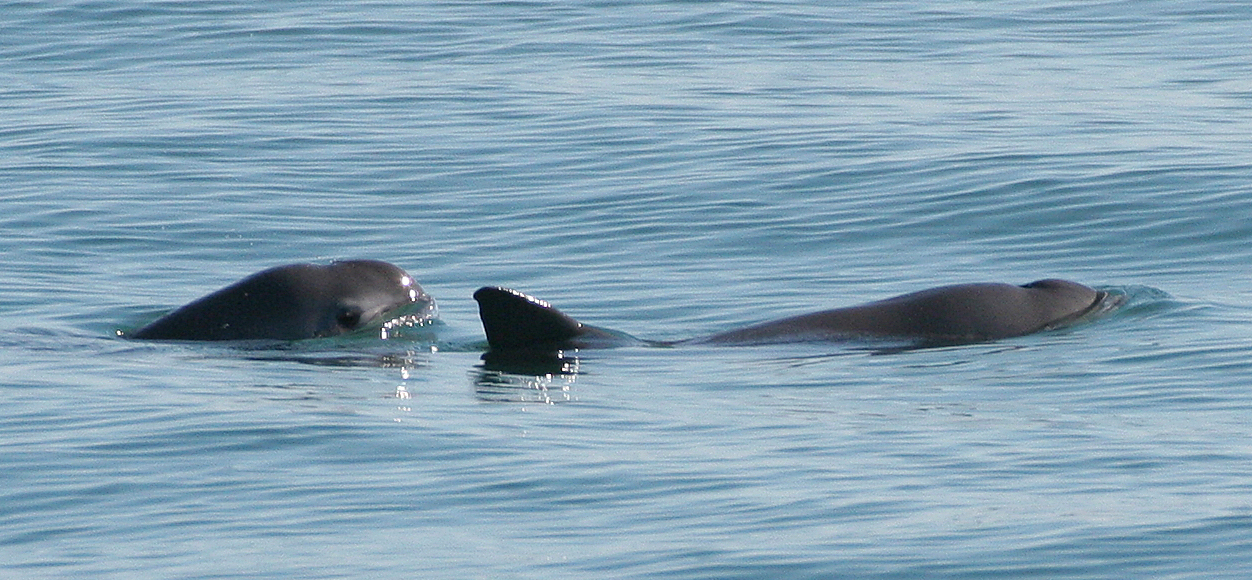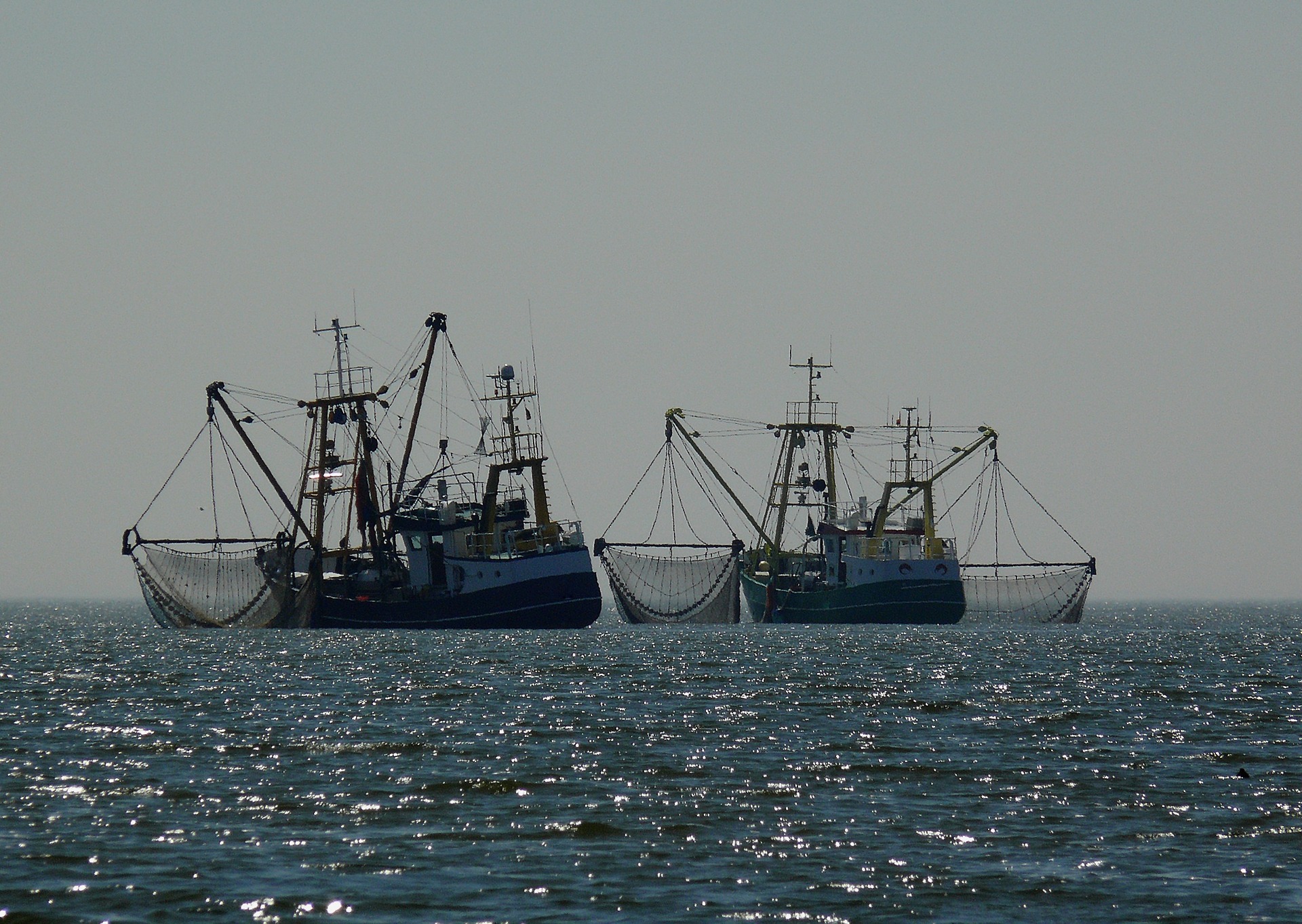Billions of people rely on fish as a vital source of protein and nourishment, with fishing being an important industry in many economies throughout the world. However, this is true to such an extent that damaging fishing practices occur in many parts of the world, with devastating effects on the local and global ecosystems including the survival of marine mammals in BC waters.
Dangerous Fishing Practices
Overfishing
Overfishing is a widespread problem, reported due to the increase in the volume of fishing hauls needed to feed a quickly growing number of consumers. Many species are in serious danger of becoming extinct, with the breakdown of ecosystems, and the collapse of several fishing industries. According to an estimate by the Food and Agriculture Organization, over 70% of the world’s fish species are either fully exploited or depleted.
Overfishing occurs when more fish are caught than the population can naturally produce through reproduction. The earliest overfishing occurred in the early 1800s when humans hunted the whale population to near-extinction, simply seeking their blubber for lamp oil and baleen for corsets. This has continued throughout the centuries, with whale populations not yet fully recovered, and other species such as Atlantic cod and herring, and California’s sardines, reaching near-extinction in the mid-1990s.
The current trend of overfishing began in the mid-20th century, when international efforts to increase the availability and affordability of protein-rich foods led to concerted government efforts to increase fishing yield. This led to vast commercialisation of the fishing industry, with large, profit-seeking fleets aggressively scouring the world’s oceans in search of their target species. Constantly refining their techniques using the most sophisticated technologies, the industry reached its peak in 1989, with over 90 million metric tons of catch being taken from the ocean.
It was at this point the tide turned, so to speak, as yields have declined or stagnated ever since. Commercial overfishing has destroyed the world’s fish population, with fisheries for the most sought-after species, such as bluefin tuna and Chilean sea bass collapsing. It is over the last few decades that it has become truly clear the damage this has done to the ocean as a whole. Once seen as unendingly vast and rich in resources, it is estimated that industrial fishing has reduced the number of large ocean fish to just 10% of its pre-industrial population. A report published in 2006 predicted that all the world’s fisheries will have collapsed by the year 2048.

A fishing net with an estimated 360,000-kg of chilean jack mackerel. Photo Credit: NOAA
Bycatch
Bycatch is the incidental capture of non-target marine individuals, such as members of a different species, the wrong gender, and undersized or juvenile individuals of the target species. The fisherman bycatch issue originated due to the mortality of dolphins in tuna nets in the 1960s.
Current fishing practices affect numerous species in often catastrophic ways. Shrimp trawl fisheries catch 2% of the world total fish catch by weight, yet can have bycatch to catch ratios as high as 20:1. Cetaceans such as dolphins, porpoises and whales often become entangled in fishing nets and lines, or are directly captured by hooks or in trawl nets, commonly resulting in drowning. There are 21 species of albatross recognised, with 19 of those endangered, yet an estimated 100,000 albatross a year, along with other seabirds, are killed when diving for long-line fishing baits. The critically endangered sea turtles are killed in their thousands in shrimp trawl nets.
Bottom Trawling
Bottom trawling is a fishing technique in which large nets are towed through either the benthic zone, which is the seafloor, or the demersal zone, just above the seafloor. This disturbs the entire seabed ecosystem, from fish to plankton to ancient coral. Bottom fishing has operated on heavily fished grounds, such as the North Sea and Grand Banks, for over a century. There are many species deeply affected by a combination of overfishing, a high catch discard rate, and the resuspension of particles from the seabed.
Seabeds are home to an exceptional amount of biodiversity not seen in many other ecosystems in the world. Despite high pressure, almost complete darkness, and very weak currents, life thrives in these deep waters. Many slow-growing species are of particular concern, such as the deep water coral Lophelia pertusa. In November of 2004, the United Nations general assembly asked nations to consider bans on high seas bottom trawling. Many countries have restrictions on bottom trawling, with Canada acting to protect vulnerable coral reef ecosystems from bottom trawling off Nova Scotia, and declaring the Northeast Channel protected by a fisheries closure in 2002. In addition, the Gully area was designated as a Marine Protected Area (MPA) in 2004.
Effect on the Whales and Dolphins of BC
Devastating changes within an ecosystem, such as those caused by dangerous fishing practices have a detrimental effect throughout the entire trophic chain.
The majority of available data and observations has previously come from the Eastern seaboard of Canada. When a significant portion of the biota is removed in such a manner, this results in less available food at every step of the food chain, all the way to the top, where whales and dolphins are located as top carnivores.
For example, the Southern Resident Killer Whales (SRKW) are in danger due to the overfishing of chinook salmon. The SRKW diet consists of almost 98% chinook salmon in the summer, with each adult needing to consumer 18-25 adult salmon daily. This means the population, which is at only around 76 individuals in the Pacific Northwest in 2018, needs to capture about half a million salmon each year. According to a 2017 CBC article, low Orca birth rates have been linked to a lack of chinook salmon. More than ? of Southern Resident Orca pregnancies have failed over a 7 year period because they are suffering from nutritional stress. With the current aims to increase the population to at least 140 individuals, this means that the chinook salmon must be a very carefully managed resource for both the whales and human fisheries.
In an effort to save the Southern Resident Killer Whales, the Department of Fisheries and Oceans is proposing a trial of implementing four ‘no fish’ zones along the south coast of Vancouver Island from May to September 2018. These areas include the mouth of the Fraser River, the west side of Pender Island, the south side of Saturna Island and part of the Juan de Fuca. Those opposed to the trial closure say that it will be devastating to local guides and fishers in the area, and it will not have a significant impact on increasing the salmon population. Note that this is one step of many in our attempts to preserve the Southern Resident Killer Whales.
Outside of B.C., the Vaquita, the smallest porpoise in the world, is rapidly approaching extinction in 2018 as its population has dwindled to an estimated 12 animals, down from about 100 animals in 2014. The Vaquita live in a small northern section of the Gulf of California in Mexico. Its population has declined drastically because they are entangled and caught in fishing nets as by-catch. The illegal fishing for totoaba fish in the Vaquita habitat is mainly to blame and has caused this rapid decline of the Vaquita. One can only hope that the Vaquita will be able to survive and we will be able to protect them.

Two Vaquita surface in the Gulf of California. Photo Credit: Paula Olson, NOAA
Mitigation Opportunities
Sustainable seafood is seafood from either fished or farmed sources that will not be greatly affected by standard fishing practices. For example, slow-growing fish that reproduce late in life, such as orange roughy (deep sea perch), are particularly susceptible to overfishing, whereas species that grow quickly and breed young, such as anchovies and sardines, are more resistant to overfishing.
It is therefore very important to be conscious of the threat of damaging fishing practices, and important to be aware of what you as a consumer can do to best help mitigate its effects. The Vancouver Aquarium Marine Science Centre has developed their Ocean Wise program to raise awareness about overfishing and the need to consume more sustainable foods. By working with leading chefs, restaurant owners, marketers and supplier, they are trying to change the way Canadians think about seafood. They encourage us to make small changes by consuming only those seafoods that are caught in a sustainable way. Their top 10 sustainable food items include farmed shellfish, yellow perch, pacific halibut, snow crab and Dungeness crab, closed containment farmed fish (on land), albacore tuna, sardines, walleye and Pacific salmon.
What can you do?
- Look for the Ocean Wise logo to select sustainable seafood choices when eating at restaurants.
- At grocery stores, avoid purchasing seafood species that are endangered and/or were caught in questionable and unsustainable fishing methods.
- Follow fishing laws that conserve salmon stocks, which will enhance the survival of the Southern Resident Orca and other species.
- Support national and international efforts in promoting sustainable fishing practices, which ultimately will help maintain populations of world-wide marine species.



